Imagine a carpenter meticulously crafting a table, only to be foiled by a misinterpreted blueprint in millimeters. Or a scientist, inches away from a groundbreaking discovery, halted by a misread data point in feet.
These scenarios highlight the crucial role of millimeter-to-feet conversion, ensuring accuracy, efficiency, and progress. In our world of diverse measurements, bridging the gap between millimeters and feet is essential.
This seemingly simple conversion holds the key to countless endeavors, from the meticulous craftsmanship of carpenters to the groundbreaking discoveries of scientists.
Recognizing the significance of this conversion, we will go over the fundamentals of millimeters and feet, their conversion, and some fascinating trivia in this blog.
- What is a Millimeter?
- Conclusion
- FAQs
- 1) What is the historical origin of the millimeter, and why was the metric system introduced?
- 2) How does the foot's definition vary across different cultures, and what is its significance in modern applications?
- 3) What is the mathematical formula for converting millimeters to feet, and why is this conversion relevant in engineering and manufacturing?
- 4) What exciting fact connects the foot as a unit of measurement to the human body, and why is it significant in measuring length?
What is a Millimeter?
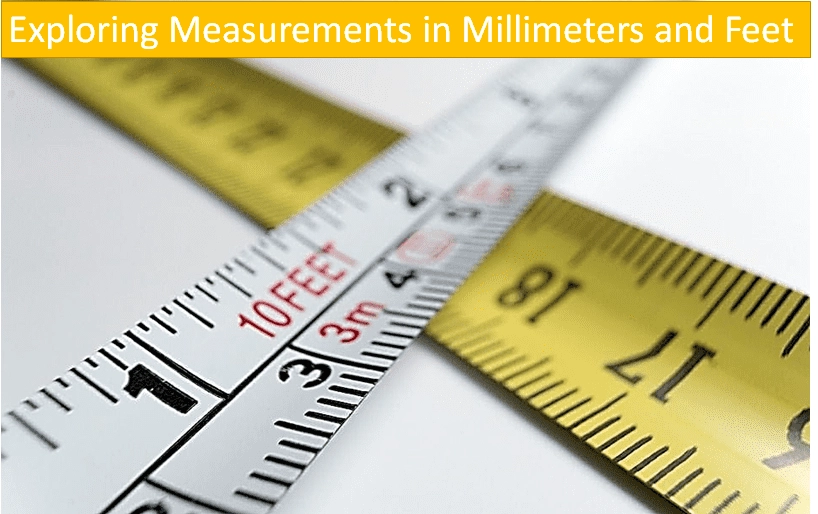
The is derived from the meter, the base unit of length in the metric system. One meter is equivalent to 1000 millimeters.
A millimeter is a tiny unit, abbreviated as "mm," is one-tenth of a centimeter or one-thousandth of a meter (0.001 m) and is commonly used for precise measurements in various fields such as engineering, physics, and manufacturing due to its small and manageable size.
Milli- is the prefix used to measure smaller quantities in the metric system using a ruler. The meter is considered the basic unit of length in the metric system, with all higher units being derived by multiplying the basic unit with an exponent of 10.
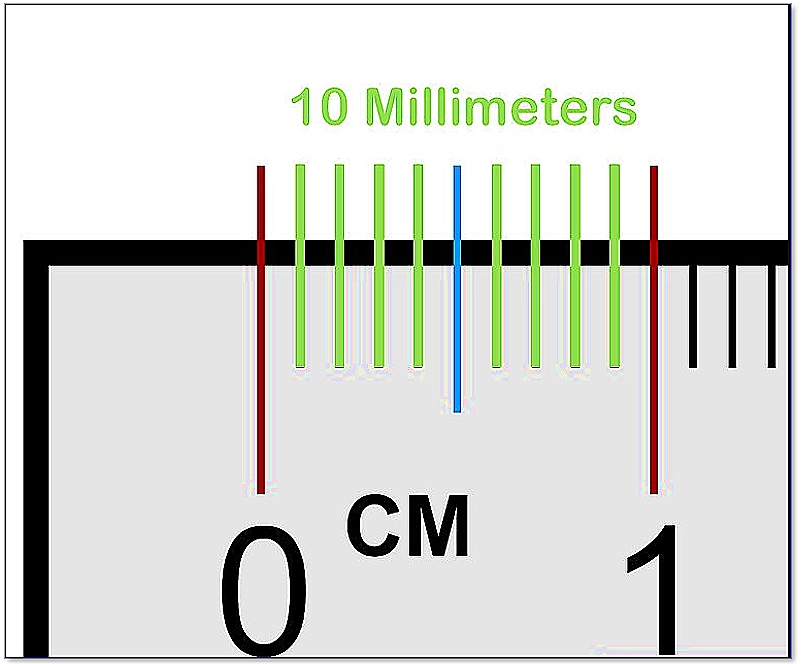
Some common conversion factors for millimeter and other units of length in the US standard system and the SI system:
Unit | Conversion Factor |
Centimeter | 10 millimeters |
Meter | 1000 millimeters |
Kilometer | 1,000,000 millimeters |
Inch | 25.4 millimeters |
Foot | 304.8 millimeters |
Yard | 914.4 millimeters |
Mile | 1,609,344 millimeters |
Some real-world examples of millimeter uses include:
The thickness of a credit card - 0.76 mm
Diameter of pencil lead - 2 mm
A small ant - 5 to 15 mm long
1. What is a Foot?
Foot represented by "ft," a foot is a larger unit, equivalent to 12 inches or 304.8 millimeters. It's a go-to measurement for many everyday tasks. A foot is an imperial and US
Foot represented by "ft," a foot is a larger unit, equivalent to 12 inches or 304.8 millimeters. It's a go-to measurement for many everyday tasks. A foot is an imperial and US customary unit that measures longer lengths, equal to 12 inches or 0.3048 meters.
1 mm = 0.00328084 ft
10 mm x 0.00328084 = 0.0328084 ft
100 mm x 0.00328084 = 0.328084 ft
1000 mm (1 m) x 0.00328084 = 3.28084 ft
The foot is a unit of length with ancient roots, and its usage can be traced back to various civilizations. The most well-known definition of a foot is based on the human body — the length of a person's foot.
However, the foot's formalization as a measurement unit varies across cultures. In ancient Rome, the foot was defined as 11.64 inches. In medieval England, the foot was standardized to be 12 inches.
The adoption of the foot as a unit of measurement in different cultures contributed to its widespread use. Some common conversions of feet to other units
1 foot = 0.3048 meters
1 foot = 30.48 centimeters
1 foot = 304.8 millimeters
1 foot = 0.333333 yards
1 foot = 0.000189394 miles
Some real-life examples
Average human height - 5 to 6 feet
Length of a dollar bill - 6 inches (0.5 foot)
Standard door height - 6 to 7 feet
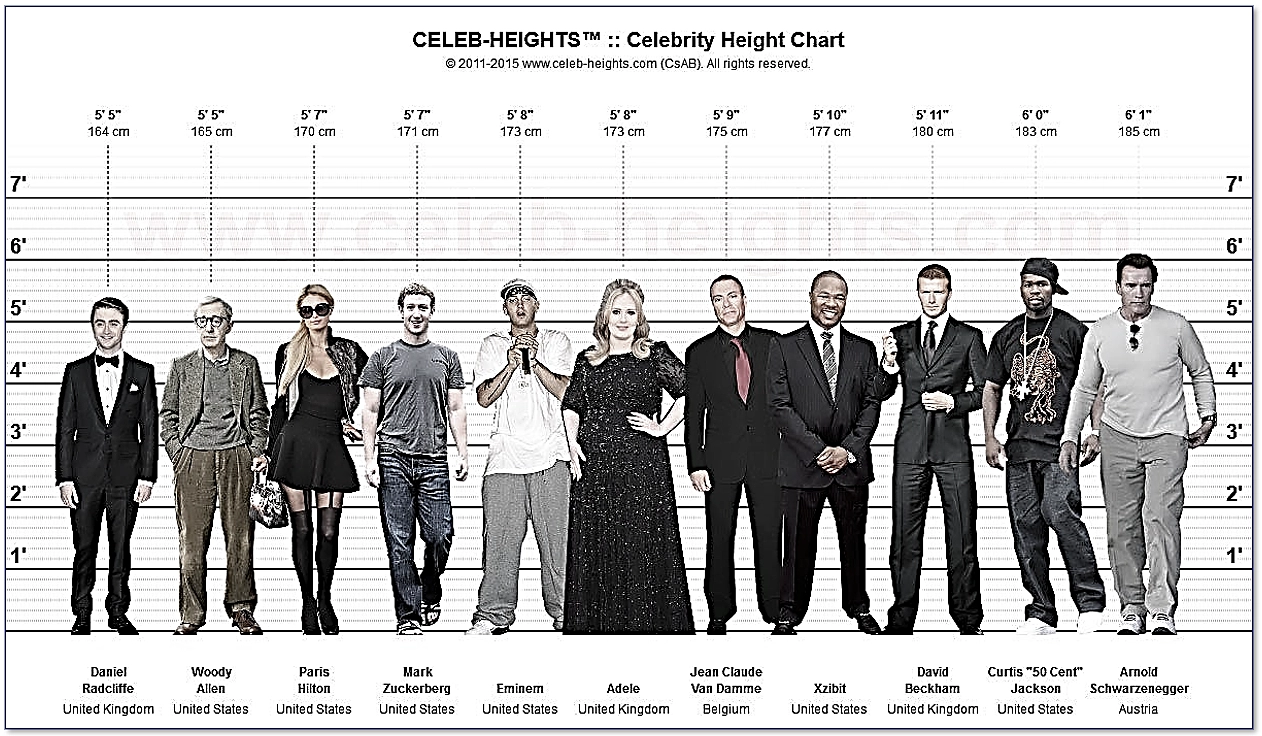
2. What is the difference between millimeters and feet as units of measurement?
Millimeters and feet are two different units of measurement. Millimeters are a metric unit and are used to measure small distances, while feet are an imperial unit and are used to measure larger distances. The main difference is in their size and the system in which they are commonly used.
3. Formula Fun
Millimeter to Feet and Vice Versa To convert millimeters to feet, you can use this formula:

d(ft) = d(mm) / 304.8
Feet= Millimeters 304.8
1 ft x 304.8 = 304.8 mm
10 ft x 304.8 = 3048 mm (3.048 m) And to convert feet to millimeters:
Millimeters = Feet × 304.8 Now, let's illustrate this through an
Example
Converting 500 millimeters to feet: Feet= 304.8 / 500 =1.64 Therefore, 500 millimeters is approximately 1.64 feet.
Therefore, 500 millimeters is approximately 1.64 feet.
Converting 3 feet to millimeters: Millimeters = 3 × 304.8 = 914.4 Thus, 3 feet equals 914.4 millimeters.
Thus, 3 feet equals 914.4 millimeters.
You're baking a cake and the recipe calls for 200 millimeters of chocolate frosting. But your trusty spatula only measures in feet. Apply this through
Example
Feet= Millimeters 304.8
Feet = 200 mm / 304.8
You get 0.656 feet, which is roughly 8 inches. Now you can frost confidently, knowing you've got the perfect amount of chocolaty goodness. Some More examples:
You're working on a home improvement project, and a sheet of plywood is 15 millimeters. How would you express this thickness in feet?
To convert millimeters to feet, use the
Example
Feet = Millimeters / 304.8
For the plywood thickness,
Feet =15 / 304.8 = 0.05 feet.
A 3D printer specifies its maximum printing height in millimeters. If the maximum height is 300 millimeters, what is this height in feet?
Applying the conversion formula,
Feet=300 / 304.8≈0.98 feet
Therefore, the 3D printer's maximum printing height is approximately 0.98 feet.
In construction, a steel rod is specified to be 8 feet long. Convert this length to millimeters for precise fabrication.
To convert feet to millimeters, use the
Example
Millimeters=Feet × 304.8.
For the steel rod,
Millimeters = 8 × 304.8 =2438.4 millimeters.
4. Fun Facts
The millimeter and Foot Trivia Treasure Trove
Speaking of feet, they have a long and colorful history! The ancient Egyptians used their own foot size as a unit, leading to variations across different regions. Today, the international foot is standardized at 0.3048 meters, making it easier for everyone to be on the same page.
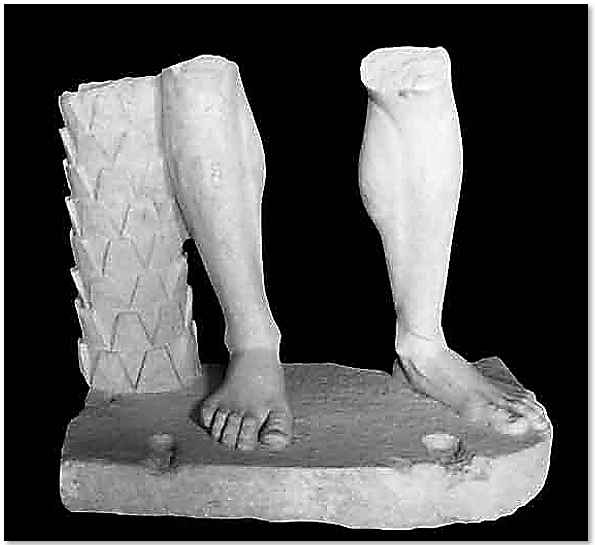
Ever wondered why we have 12 inches in a foot? It's all thanks to the Romans, who divided their own foot into 12 smaller units called "unciae". This tradition stuck, and now we have inches marching in perfect dozen-strong formations!
Did you know the average ring size is 9 millimeters wide? That converts to a petite 0.029 foot in width! Better measure carefully before buying that engagement ring!
Here's a 'larger than life' comparison - the world's tallest man was 8 feet, 11 inches tall. In millimeters, that works out to an incredible 2,72 meters! That's taller than the average giraffe!!
Thinking small again - believe it or not, a single strand of silk is only 1/100th the width of paper, or 0.01 millimeters thin. Lined up in feet that is a microscopic 0.0000328084 feet! It's amazing that silk cocoons are made from strands that fine!
Shifting to food, the average grain of salt is only 0.5 millimeters wide. But with fancy seasoning, a little goes a long way - 1 foot holds over 500 grains lined up!
Finally, the Statue of Liberty towers 151 feet high, equal to over 46 meters when converted. That means about 35 humans standing on each other's shoulders would match Lady Liberty's height! The view from the torch must be incredible! A conversion chart for millimeters, centimeters, inches, and feet:
A conversion chart for millimeters, centimeters, inches, and feet:
Millimeters | Centimeters | Inches | Feet |
1 mm | 0.1 cm | 0.039 in | 0.003 ft |
2 mm | 0.2 cm | 0.079 in | 0.007 ft |
3 mm | 0.3 cm | 0.118 in | 0.01 ft |
4 mm | 0.4 cm | 0.157 in | 0.013 ft |
5 mm | 0.5 cm | 0.197 in | 0.016 ft |
6 mm | 0.6 cm | 0.236 in | 0.02 ft |
7 mm | 0.7 cm | 0.276 in | 0.023 ft |
8 mm | 0.8 cm | 0.315 in | 0.026 ft |
9 mm | 0.9 cm | 0.354 in | 0.03 ft |
10 mm | 1 cm | 0.394 in | 0.033 ft |
20 mm | 2 cm | 0.787 in | 0.066 ft |
30 mm | 3 cm | 1.181 in | 0.098 ft |
40 mm | 4 cm | 1.575 in | 0.131 ft |
50 mm | 5 cm | 1.969 in | 0.164 ft |
60 mm | 6 cm | 2.362 in | 0.197 ft |
70 mm | 7 cm | 2.756 in | 0.23 ft |
80 mm | 8 cm | 3.15 in | 0.262 ft |
90 mm | 9 cm | 3.543 in | 0.295 ft |
100 mm | 10 cm | 3.937 in | 0.328 ft |
1,000 mm | 100 cm | 39.3701 in | 3.2808 ft |
10,000 mm | 1,000 cm | 393.7008 in | 32.8084 ft |
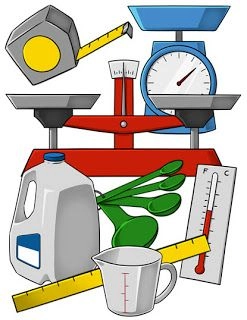

Conclusion
The conversion of millimeters to feet unveils a fascinating intersection of history, culture, and mathematical precision. The millimeter, rooted in the metric system, and the foot, with its diverse historical origins, contribute significantly to our daily lives.
The ability to convert between these units, known as metric units, adds a practical dimension to our understanding of measurement systems and metric conversions.
As we navigate a world with diverse units, the knowledge of converting millimeters to feet becomes a valuable skill, reflecting the interconnectedness of our global community. With this basic understanding of the units and conversion process, plus the handy formulas, you can confidently approach any measuring task.
FAQs
1) What is the historical origin of the millimeter, and why was the metric system introduced?
The millimeter is part of the metric system, which originated during the French Revolution in the late 18th century. The metric system was introduced to standardize measurements, providing a universal and coherent system for various applications.
2) How does the foot's definition vary across different cultures, and what is its significance in modern applications?
The foot's definition has varied across cultures, with ancient Rome defining it as 11.64 inches, while medieval England standardized it to be 12 inches. In modern applications, the foot is widely used in construction, architecture, and sports, showcasing its versatility.
3) What is the mathematical formula for converting millimeters to feet, and why is this conversion relevant in engineering and manufacturing?
The formula for converting millimeters to feet is- Feet=304.8 / Millimeters This conversion is relevant in engineering and manufacturing for precise measurements, ensuring accuracy in constructing components and structures.
4) What exciting fact connects the foot as a unit of measurement to the human body, and why is it significant in measuring length?
As a unit of measurement, the foot has a historical connection to the human body, precisely the length of a person's foot. This organic origin adds an exciting dimension to its significance, emphasizing the relatability of measurements to human proportions.

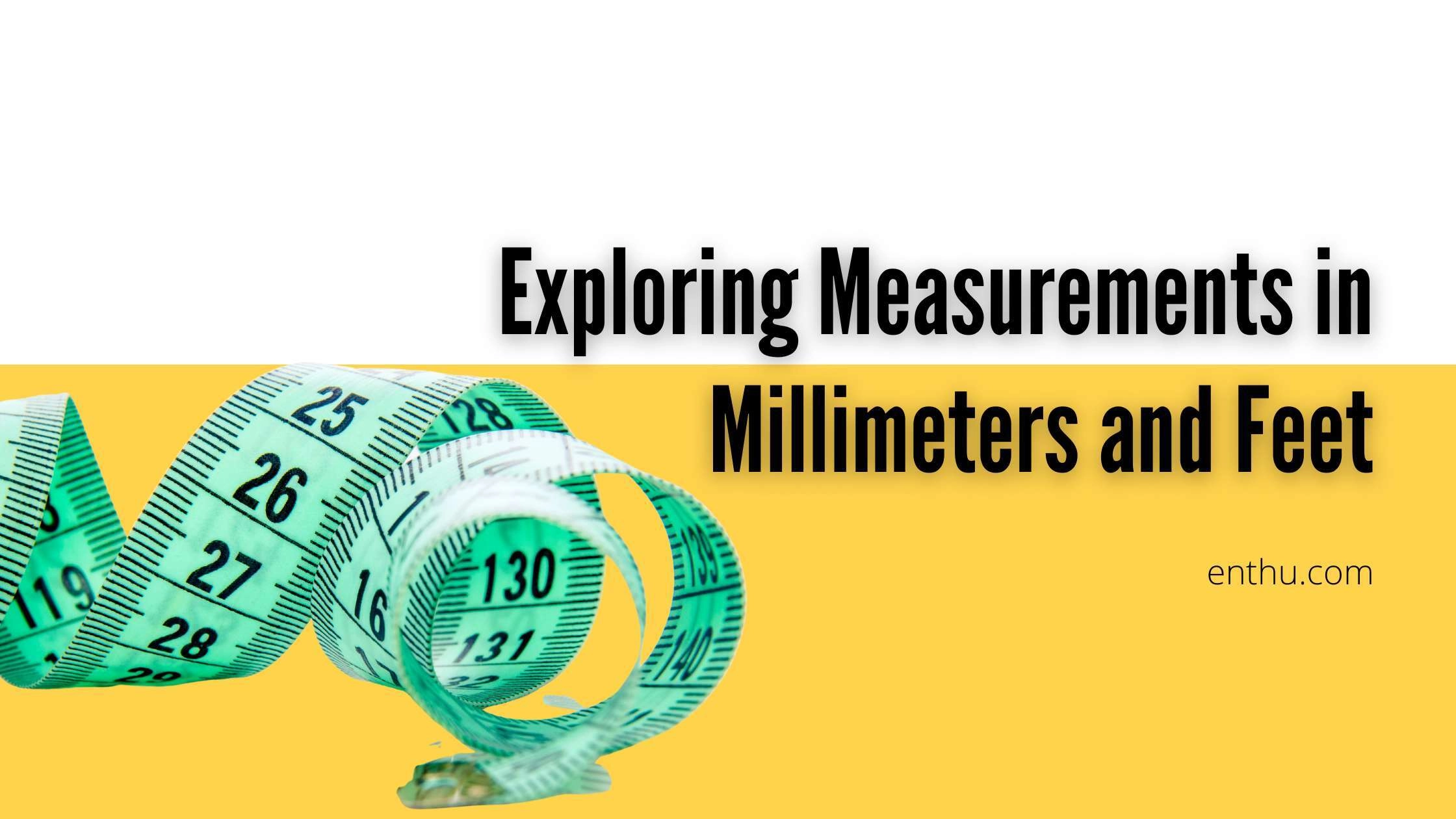
Comments